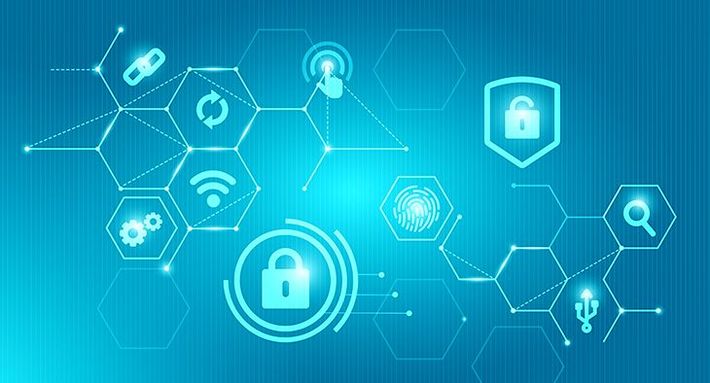 In today’s world, data have become an organization’s most valuable asset. But, not all data is valuable. If organizations work with untrustworthy data, it can easily result in wrong insights, distorted analyses, and incorrect decisions. Data Quality and Integrity are the terms used to describe the condition of the data. What are data quality and integrity?
In today’s world, data have become an organization’s most valuable asset. But, not all data is valuable. If organizations work with untrustworthy data, it can easily result in wrong insights, distorted analyses, and incorrect decisions. Data Quality and Integrity are the terms used to describe the condition of the data. What are data quality and integrity?
Data Quality is defined as the ability of data to serve its intended purpose. Data is considered to be quality if it is complete, unique, valid, timely, and consistent.
Data Integrity can be described as the reliability and trustworthiness of data throughout its lifecycle. One of the methods of ensuring data integrity is checking for compliance with regulatory standards such as GDPR.
Having understood the difference, how do we ensure data quality and integrity? We do this by outlining some steps.
Accurate gathering of data: Having high-quality data is important, it satisfies the requirements of clients and users for the purpose the data is intended. The data requirements should capture the state of all data conditions and scenarios. Proper documentation of the requirements, coupled with easy access and sharing, must be enforced. Finally, impact analysis is done to make sure that the data produced meets all the requirements expected.
Monitoring and cleansing data: Cleansing and monitoring data involves verifying data against standard statistical measures. It involves validating data against defined descriptions and uncovering relationships within the data. This also verifies the uniqueness of data and analyzes it for reusability.
Access control: Audit trails and access control go hand in hand. People without proper access within an organization may have malicious intent and cause serious harm to crucial data. Audit trails should be transparent and tamper-proof, according to systems. These are not only safety measures but also help to trace a problem when it occurs.
Validate data input: Input validation from all data sources should be required. Data sources could be; users, other applications, and external sources. To enhance accuracy, all data should be verified and validated.
Remove duplicate data: Sensitive data from an organization’s repository can get up in a document, spreadsheet, email, or shared folder, where it can be tampered with and duplicated by people without proper access. Data quality and integrity are ensured by cleaning up stray data and deleting duplicates.
Back up: Backing up is vital and goes a long way in preventing permanent loss of data. Backing up data should take place as often as possible. Be sure to encrypt your data for maximum security.
Conclusion:
For all modern organizations and enterprises, data quality and integrity are critical for the accuracy as well as the efficiency of all business processes and decision-making. Data quality and integrity are also a central focus of most data security programs. These two are achieved through a variety of standards and methods, including the accurate gathering of data requirements, access control, validating data Input, removing duplicate data, and frequent backups. Be sure to check out data quality platforms like DQLabsthat aids you in the whole data lifecycle for your organization or business.
